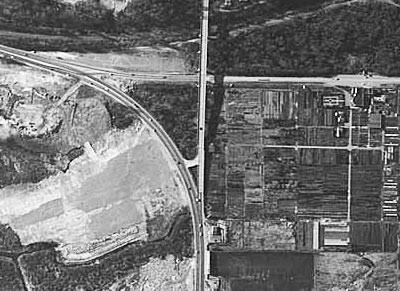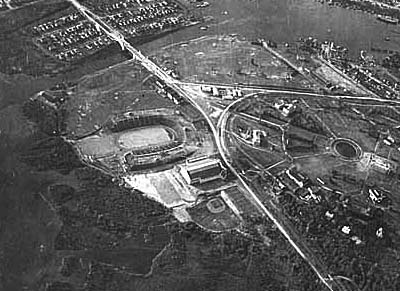RESOURCES
- University of Washington Center for Urban Horticulture
- HistoryLink.org essay on the Union Bay Natural Area
Links to external websites do not constitute endorsement by WSDOT of the linked websites or the opinions, information, products or services contained therein.
The Union Bay Natural Area, located along the north shore of Lake Washington adjacent to the University of Washington's East Campus, occupies what was for many years Seattle's largest garbage dump and, slightly to the east, the site of Henry Yesler's (1810-1892) Union Bay lumber mill. The Montlake Dump (also known as the Ravenna Dump, University Dump, and Union Bay Dump and later called the Montlake Landfill) served the city for more than 40 years, and garbage and rubbish of nearly every description was poured into a marshland created by the lowering of Lake Washington in 1916. After the landfill was closed in 1966, there began, haltingly at first, a decades-long (and ongoing) experiment to determine whether, and how, land that has been severely degraded by human activity could be restored to a natural state.
Now part of the Center for Urban Horticulture, the Union Bay Natural Area has become a somewhat unique living laboratory. The center, using mostly volunteers, has since the mid-1980s used the site to study land reclamation, created a protected habitat for a wide variety of plants and animals, and established an urban oasis for walkers, runners, and bird watchers. The one-time landfill today stands as an example of a successful, if yet unfinished, effort to remedy some of the environmental mistakes of the past.
Visit HistoryLink.org to read more about the Union Bay Natural Area.


